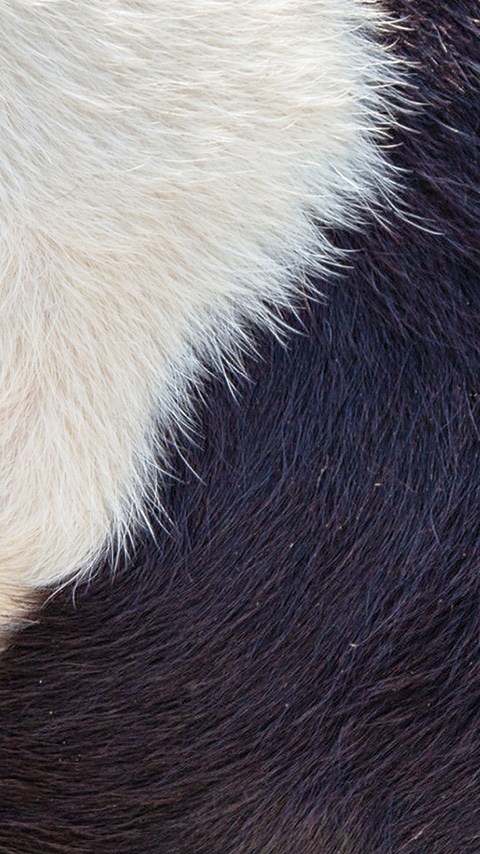CLA makes a positive contribution to lifetime yield and fertility of dairy cows.
When dairy cows have access to pastures or green fodder, they ingest linoleic acid, among other things, which can be converted into conjugated linoleic acid in the rumen. This is why milk from grass-fed cows usually contains more conjugated linoleic acid (CLA) than milk from cows that have no access to pastures or green fodder.
One form of CLA – trans-10, cis-12 CLA – can be found in particularly high concentrations in milk from grass-fed cows in spring. It is in this period that the ruminant animals would have originally calved. Today’s dairy cows calve at any time during the year often also have no access to pastures. It therefore seems appropriate, especially at the beginning of lactation, to support dairy cows with CLA-enriched feed.
CLA reduces the milk fat content during the supplementary feeding phase in a dose-dependent manner and leads to lower blood glucose utilization per kilogram of milk. Scientific studies prove that a targeted reduction in milk fat through CLA leads to higher blood glucose levels in the first weeks of lactation, and less body fat is mobilized.
